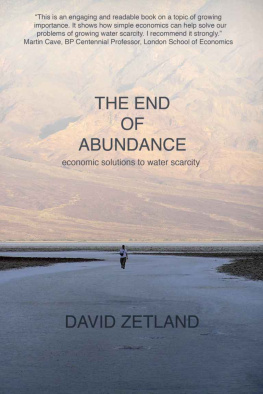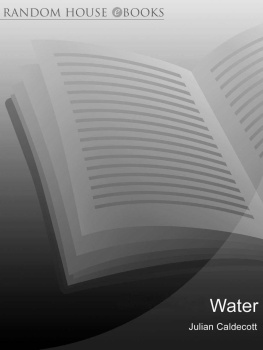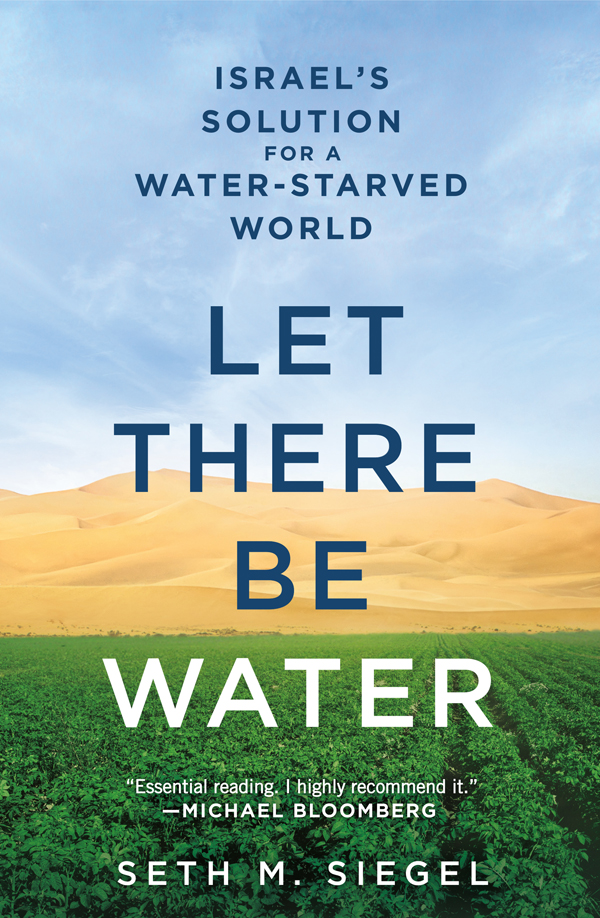Contents
Guide

The author and publisher have provided this e-book to you for your personal use only. You may not make this e-book publicly available in any way. Copyright infringement is against the law. If you believe the copy of this e-book you are reading infringes on the authors copyright, please notify the publisher at:
us.macmillanusa.com/piracy.
For Rachel Ringler,
wife, best friend, partner, and inspiration
As a face opposite water reflects another face,
so do people reflect each others hearts.
P ROVERBS 27:19
1920The British Mandate of Palestine begins, covering the territory that today is Israel, the West Bank, and Gaza.
1937Mekorot, which grows to be Israels national water utility, is founded.
1938Piped water is brought to the Jezreel Valley, south of Nazareth. The large-scale water infrastructure project is the first in the Land of Israel in modern times.
May 1939The British White Paper is issued, severely limiting Jewish immigration to Palestine. British Mandate officials make the first of several claims that, due to inadequate water resources, Mandatory Palestine must restrain population growth.
July 1939In response to the White Paper, the Zionists develop a national water plan showing sophistication in integrated water resource planning and management.
1947Through deep drilling, water is found in the Negev desert, a source of irrigation for new desert farms.
May 14, 1948The British Mandate for Palestine ends. The State of Israel is declared.
July 1955The Yarkon-Negev Pipeline opens, bringing water from the center of Israel to desert farms in the south.
August 1959A comprehensive water law is passed giving the Israeli government control of all water sources and usage. A powerful regulatory body, the Israel Water Commission, is created.
June 12, 1964President Lyndon Johnson and Prime Minister Levi Eshkol meet and discuss desalination at length during the first Israel state visit to the US.
June 10, 1964The National Water Carrier opens creating a national water system.
1966Drip irrigation equipment is offered for sale for the first time.
1969The Shafdan wastewater treatment plant opens.
1989A pipeline for treated water from the Shafdan facility to Negev farms is opened.
1995The Palestinian Water Authority is established as part of the Oslo II agreement between Israel and the Palestinian Authority.
2000Dual-flush toilets are made compulsory in all new installations in Israel.
20052016Five large seawater desalination plants are built along the Mediterranean coast providing a majority of Israels drinking water.
2006The Israel Water Authority, a technocratic, apolitical successor to the Israel Water Commission with broad powers, is created.
2010Water pricing at real cost begins throughout Israel. Municipal water utilities are established, removing control of water and sewage from Israels mayors.
October 2013The Israeli government declares water independence from weather.
December 2013The Red SeaDead Sea agreement is announced by Israel, Jordan, and the Palestinian Authority.
March 2014An IsraelCalifornia water cooperation agreement is announced.
You aint gonna miss your water until your well runs dry.
Bob Marley
D ESPITE ITS NAME, there are no covert operations at the National Intelligence Council. It is a sober, cautious US government agency more akin to a university faculty club or a think tank than the spy agency its name suggests. The council issues reportssome of which are top secretthat integrate information from other intelligence agencies to help government officials and other policy makers take a long view of coming problems.
The first parts of the crisis are already being felt. It is no longer a surprise to hear of a drought here, an overpumped aquifer there, or some social unrest in a country no one thinks about too often. But if the intelligence report is correct, the problem will soon begin to accelerate. It is less a matter of if than when. In less than a decade, the report predicts, countries important to the US and to global security will be at risk of state failure. The only questions in the report are how severe the disruptions will be and how quickly they will be felt.
Water shortages may not occur everywhere, but hardly anyone will remain unaffected for long. Twenty percent of the world populationabout 1.5 billion peoplewill be the first victims of this world water crisis, and already six hundred million of them have begun to experience water shortages.
Because extracting and generating energy is so water intensive, the intelligence report predicts, water problems will hinder its production.
The water crisis isnt a developing world problem reserved for international aid organizations operating in faraway locales. Major trading partners of the US and world-economic powers like China and India are already experiencing water shortages that could soon have a major impact on their economies and political stability. And the water future in the United Statesmost immediately in the western statesis also at a tipping point. Water scarcities are morphing into full-blown water crises that, directly or indirectly, will affect nearly everyone in the US, whether in where they live, how much they have to pay for food, or how they earn their livelihood.
The San Joaquin Valley in California is the epicenter of high-end agriculture, with more grapes, oranges, peaches, vegetables, almonds, and pistachios produced there than anywhere else in the US. But already parts of the Valley are running out of water and the Valley as a whole is facing growing shortages. The bounteous supply of California produce cannot be assured. Already, prices for these products have risen and water restrictions of increasing severity have been imposed on the once limitless California lifestyle.
California is not the only state in immediate danger. Since the end of World War II, the massive natural underground reservoir called the High Plains Aquifer has been a key driver of agriculture in eight Great Plains states. Basic crops grown there like wheat, corn, soy, and barley provide fodder for Americas cows and chickens, and grains for food production. These crops are also a major US export industry. The aquifer that provides water for these crops has been so severely and consistently overdrawn that parts of it have already gone dry.
Although the water in the High Plains Aquifer is a renewable resource, it took thousands of years of rain and snow to fill a large part of what has been depleted just since the 1950s when the overpumping began. The financial well-being and quality of life of millions of Americans will be affected, and not just of those farmers in Colorado, Nebraska, Kansas, Texas, and the other states where the loss of water is accelerating.
The water level in Lake Mead may soon be too low to permit further pumping, affecting the production of clean hydroelectric power for states in the Southwest.
It isnt just drought that threatens the US water future. Pollution, too, is limiting available resources. To cite one example, Floridas largest source of freshwaterthe Manatee Springs and Aquiferhas been tainted by agricultural runoff and will require expensive treatment if it is to remain safe for drinking.
Water and infrastructure crises are almost always avoidableand elements of this crisis, too, may be held at bay with focused action by government, business, and civic leaders. Some countries will still enjoy a continuous supply of water, even if they will suffer the consequences of the world around them failing to do so. But there is no question that many nations will miss the warning, and not just the usual list of developing countries with resource and infrastructure problems. Water problems are a proxy for bad governance, and there is a lot of bad governance.


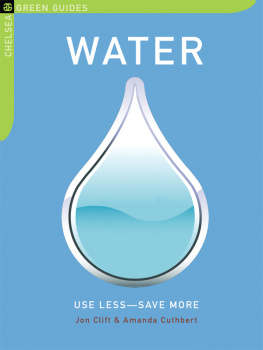
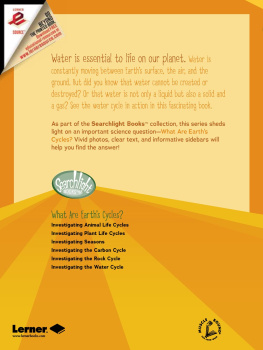
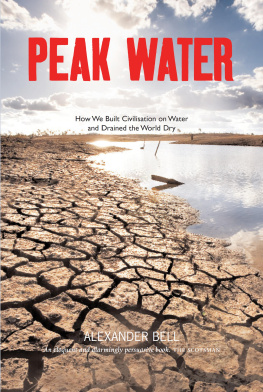
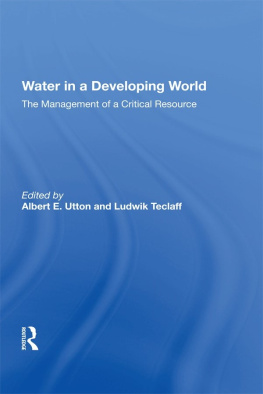
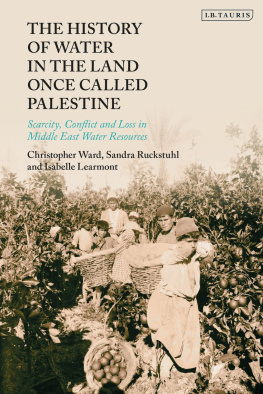
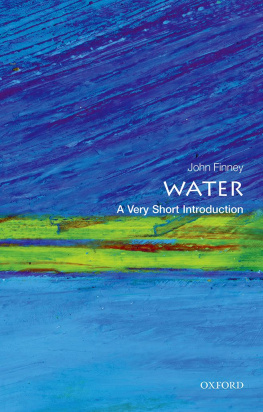
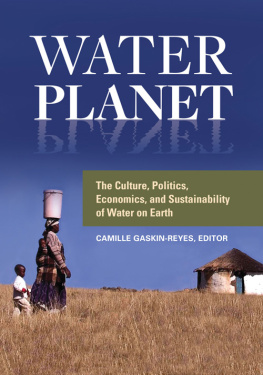
![David E Newton] - The global water crisis : a reference handbook](/uploads/posts/book/104432/thumbs/david-e-newton-the-global-water-crisis-a.jpg)
